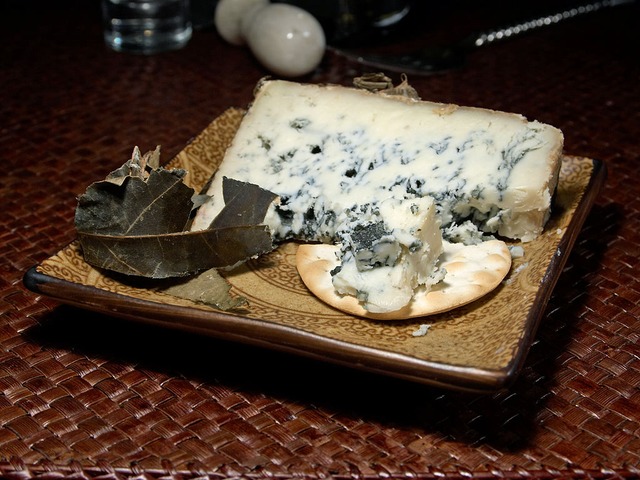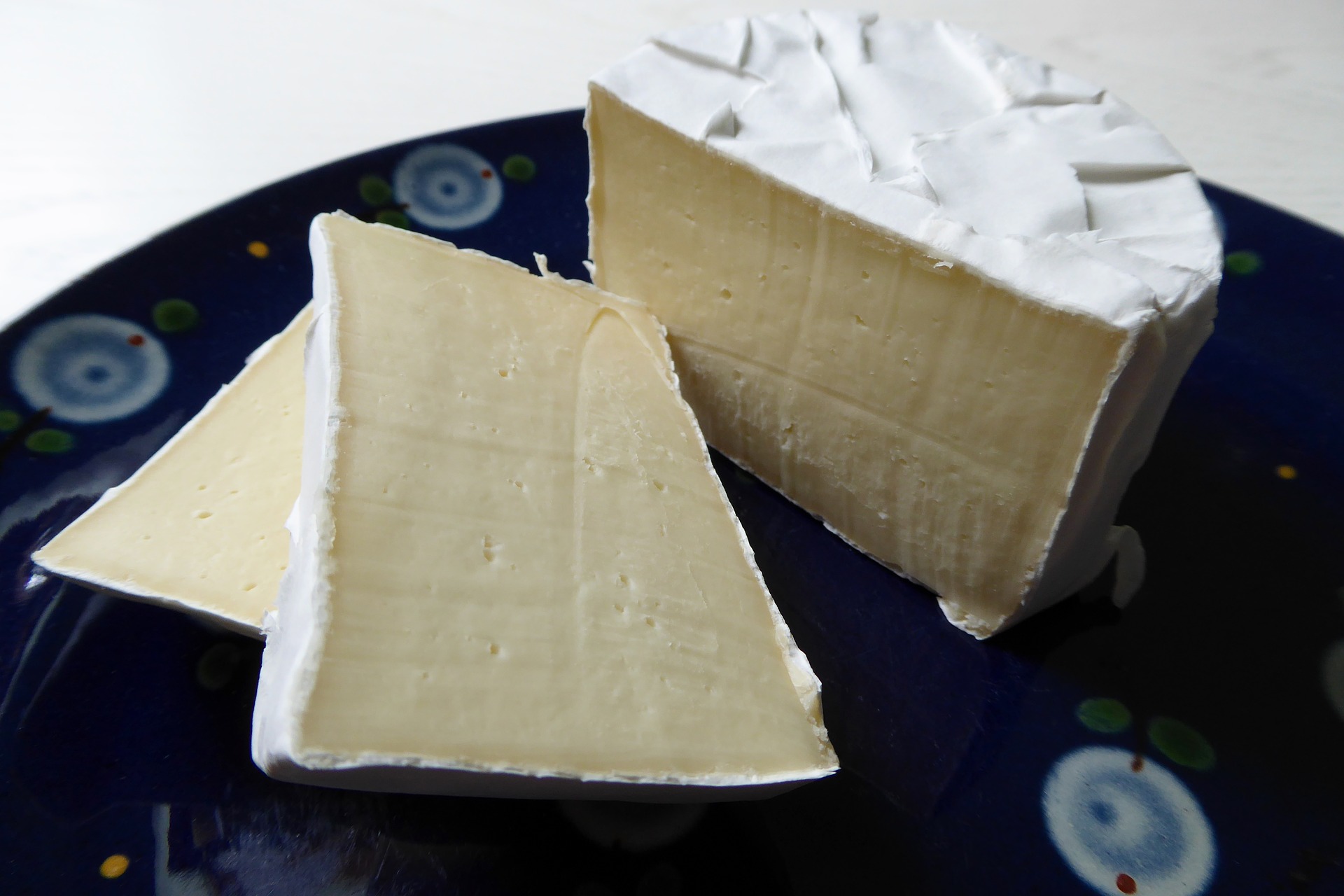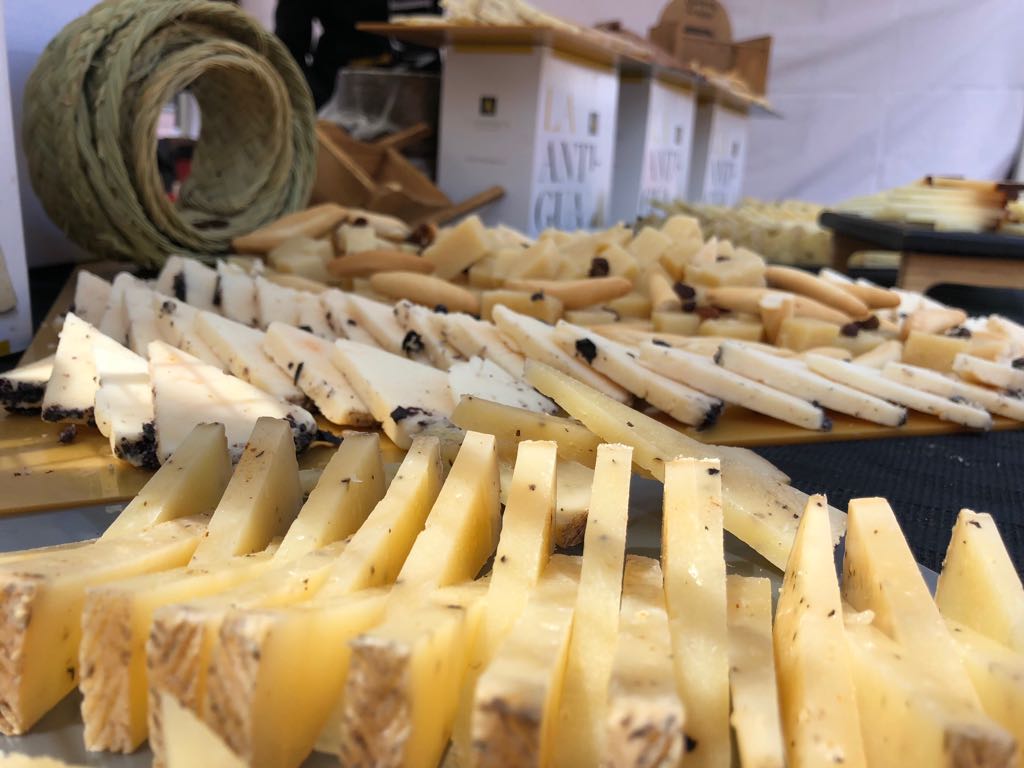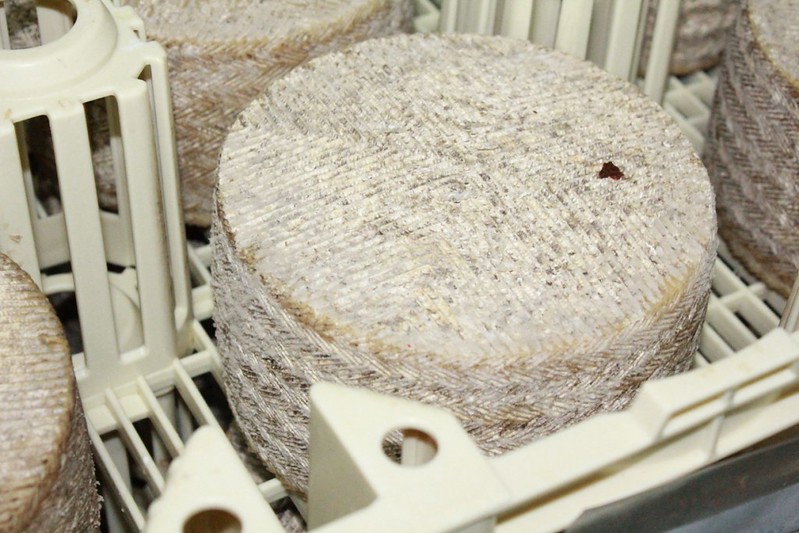Within the cheese jargon and the world of cheeses, the following molds are especially well known:
– Penicillium camenberti – Penicillium roqueforti – Geotrichum candidum

– They are neither pathogenic nor toxic, i.e., they can be eaten. – They are able to grow and develop because they have the necessary conditions on the surface of the cheese (food, humidity, air,…) – They do not produce substances that affect other microorganisms or the normal development of the cheese fermentation process.
– During their development, they secrete substances that provide the product with characteristic flavors and aromas, which is why they play such an important role in the refining or ripening of cheeses. The surface mold is capable of creating a unique and exquisite cheese.
Like someone who tunes a piano, and knows that this delicate operation will ensure that the instrument harmoniously fulfills its function, the cheese tuner also works with something delicate, with something alive that must reach the right degree of maturity so that it can offer all its aromas.

To refine a cheese is to endow this product with very peculiar and unique flavors, textures, colors and smells, a work of craftsmanship that requires special care to provide the right humidity and temperature conditions for each cheese.
Temperature, humidity and cleanliness. These three terms are not only fundamental when it comes to keeping a piano in good condition, and being able to tune it in optimal conditions; they are also used to work with cheeses and give them very specific properties of flavor, smell and texture, a special touch to this food.
To refine a cheese is, in addition to all of the above, to let the transformations occur naturally under the double action of an enzyme and the microorganisms that appear on the surface of the cheese.

If there is one place in the world where the tuner is recognized in the value chain to the consumer, it is France. This is due to the fact that the cheeses where the refiner has more influence are those of soft paste, or cheeses with moldy rind. It is in this country where these cheeses with surface mold are the most valued.
Among the molds that grow on the surface, some have a whitish appearance, such as the mold that grows on soft cheeses, others are grayish, with an ashy appearance, and even reddish . We can also find molds that during their presence in the product change color, from white to grayish, typical of their evolution in the rind of the cheese.

At Quesería la Antiguathe natural presence of mold in the refining cellars is fundamental for obtaining a sheep cheese with characteristic flavors and aromas.
At the beginning of the drying process, a white Penicillium appears on the surface of the cheese, which is soft to the touch and grows for approximately 2 months.
After this time, and due to environmental conditions, it changes color to a grayish tone, if the conditions necessary for the correct ripening of the cheese are hard. The mold may die, turning into a grayish powder, and grow again when the humidity and temperature conditions are more favorable. It is at this moment whenthe bark needs the help of olive oil, for its hydration, and for the natural molds to flourish again .
In highly matured cheeses, such as Viejos or Añejos, the mold has managed to darken the rinds due to its long presence in the product, and even stain them a reddish color.
We have to change the perception that mold in cheese is bad, because as we have said, it is something natural that grows in the cheese itself and it can be eaten in the same way. You will also find photos and the cool moments we have experienced in our networks our networks!
See you in the next blog friends! By the way, have you seen our last entry?
